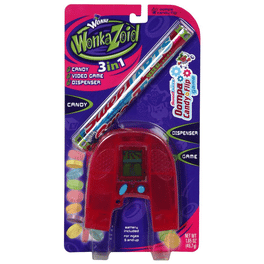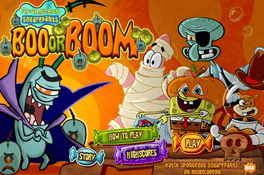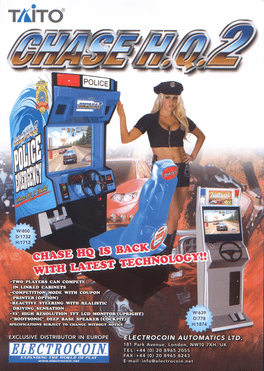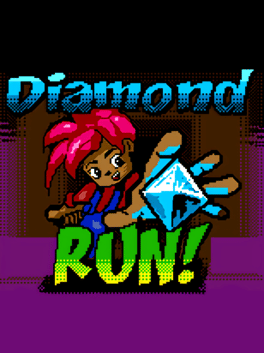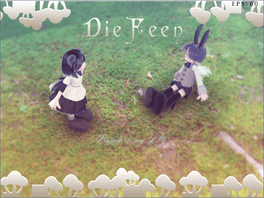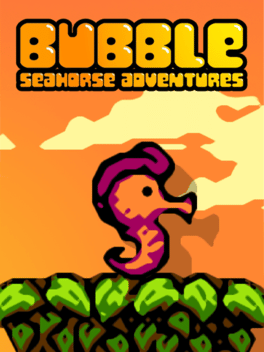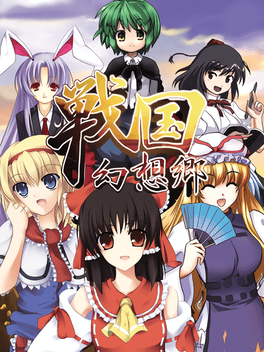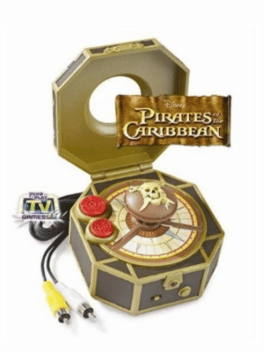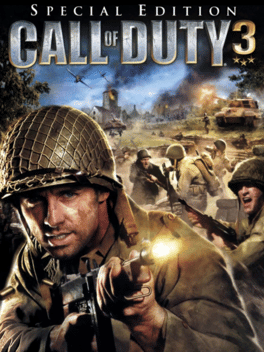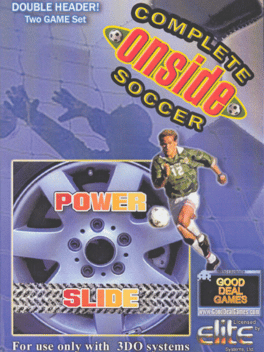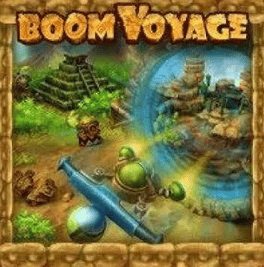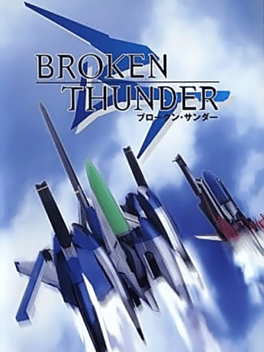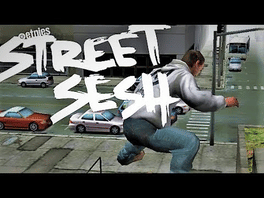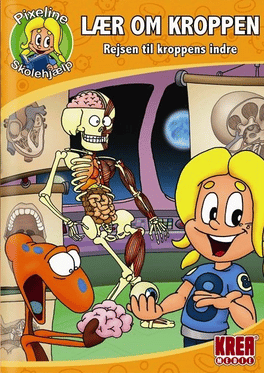New Games - Page 10017
-
Spongebob Boo or Boom
2007
A browser flash game where the player control SpongeBob, Patrick, Sandy, or Squidward to set plumsters in the neighborhood to blast away the Plank-O-Lanterns. Doing so turns the tiles into your character's color. Get the most candy points before the end of the level to win! -
Chase H.Q. 2
2007
Chase H.Q. 2
2007
This modern sequel to the classic chasing game by Taito carries a similar formula with modern graphics. You are a cop that can pick between three different indestructible cars to chase criminals down, smashing their vehicles until they can't budge another inch, gaining points in the process. As such, this is not a racing game, the timer only exists to provide a level of challenge to the game. -
Big Range Hunting
2007
Big Range Hunting
2007
Get ready to track a bear in Montana, hunt for deer from a moving 4x4, and much more! The 16 challenges in Big Range Hunting will take you through American forests, the African savannah, and the snow-covered plains of Canada. You'll hunt 8 types of animals (lion, deer, duck, bear, etc.) with various weapons, including a scope rifle, crossbow, and air rifle. Whether you're a shooting game fan or an occasional player, get ready to experience the thrill of the hunt in this shooting game for everyone, where the animals will amaze you with their ultra-realistic reactions! -
Diamond Run
2007
-
DieFeen
2007
-
Bubble Seahorse Adventure
2007
Bubble Seahorse Adventures began its life in 2007, when a collective of developers calling themselves The Old Battleaxe decided to enter the PyWeek game jam. The game was originally known as Barbie Seahorse Adventures, before temporarily being renamed Bubble Kong for its submission to PyWeek. After the game jam, Hassey and company decided to polish up the game with, in Hassey’s words, “a bazillion bug fixes, about 10 new levels and all the lousy levels removed” to create a release initially known as Bubble Kong Deluxe before switching back to Barbie Seahorse Adventures. -
SparkBlast
2007
-
Sengoku Gensokyo
2007
Sengoku Gensokyo
2007
Being a parody beetwen the Rance and Touhou series, the story sets the player as Hakurei Reimu into a situation where Gensoukyou has been divided up into various warring states. The ever mischievous Yakumo Yukari, the culprit behind the start of this war game, has sent out letters to all of the major factions of the world laying out the rules of the game and promising to grant one wish for the winning team. -
Pirates Of The Caribbean: Islands Of Fortune
2007
The game includes fifteen islands, each with three different mini-games. The player gets to control a cannon, search for treasure, and engage in sword fights. Beating one of these mini-games awards you gold. If you complete all three mini-games on the island, you conquer it. When you're not on an island, you can sail freely and sink enemy ships to earn even more gold. -
Call of Duty 3: Special Edition
2007
This special edition is a re-release of the original game for PlayStation 2 that includes a bonus disc with video interviews. -
Double Header: Complete Onside Soccer and Power Slide
2007
The first new officially licensed 3DO releases in over a dozen years! This two-disc set is twice the fun at only the price of one! Onside Soccer is one of the most advanced fully feature soccer games ever released. Packed full of options and customizations, Onside Soccer plays the game you want to play the way you want to play it! Second disc includes a playable beta version of Power Slide. Packaged in a two game set complete with attractive protective case and full color printed discs. -
Sonic 1: Return to the Origin
2007
This mod presents the levels in Sonic the Hedgehog 1 reversed, where the player must proceed from the right side of the level to the left side. How well do you know these levels? Do you know them forwards AND backwards? -
Rockman Tennis
2007
Rockman Tennis
2007
Released in 2007, Rockman Tennis is a tennis game starring the cast of the Classic series! There are seven playable characters, including an unlockable X! Each character has their own special move that can be performed when its meter is filled. For example, Mega Man unleashes a powerful charge shot… while Shadow Man clones the ball (isn’t that cheating?). There are also four cups with varying court types. With multiple skill upgrades from Auto’s shop, this game has more depth than some may imagine! -
Boom Voyage
2007
-
Pokémon: Breakdown Blast
2007
A flash game where the aim each time is to clear a board of like-coloured blocks. -
Broken Thunder
2007
Broken Thunder
2007
Broken Thunder is a doujin game released in 2007 as a tribute to the Thunder Force series. It was released only in Japan but was quickly pulled from store shelves after negative feedback. -
Street Sesh
2007
Street Sesh
2007
Cross the streets on your skate and perform incredible stunts. You can do ollies, 360s and kickflips between two cars or in the subway! -
Harry Potter Collection
2007
This compilation bundles 3 games in the Harry Potter series: - Harry Potter and the Philosopher's Stone - Harry Potter and the Chamber of Secrets - Harry Potter and the Prisoner of Azkaban

